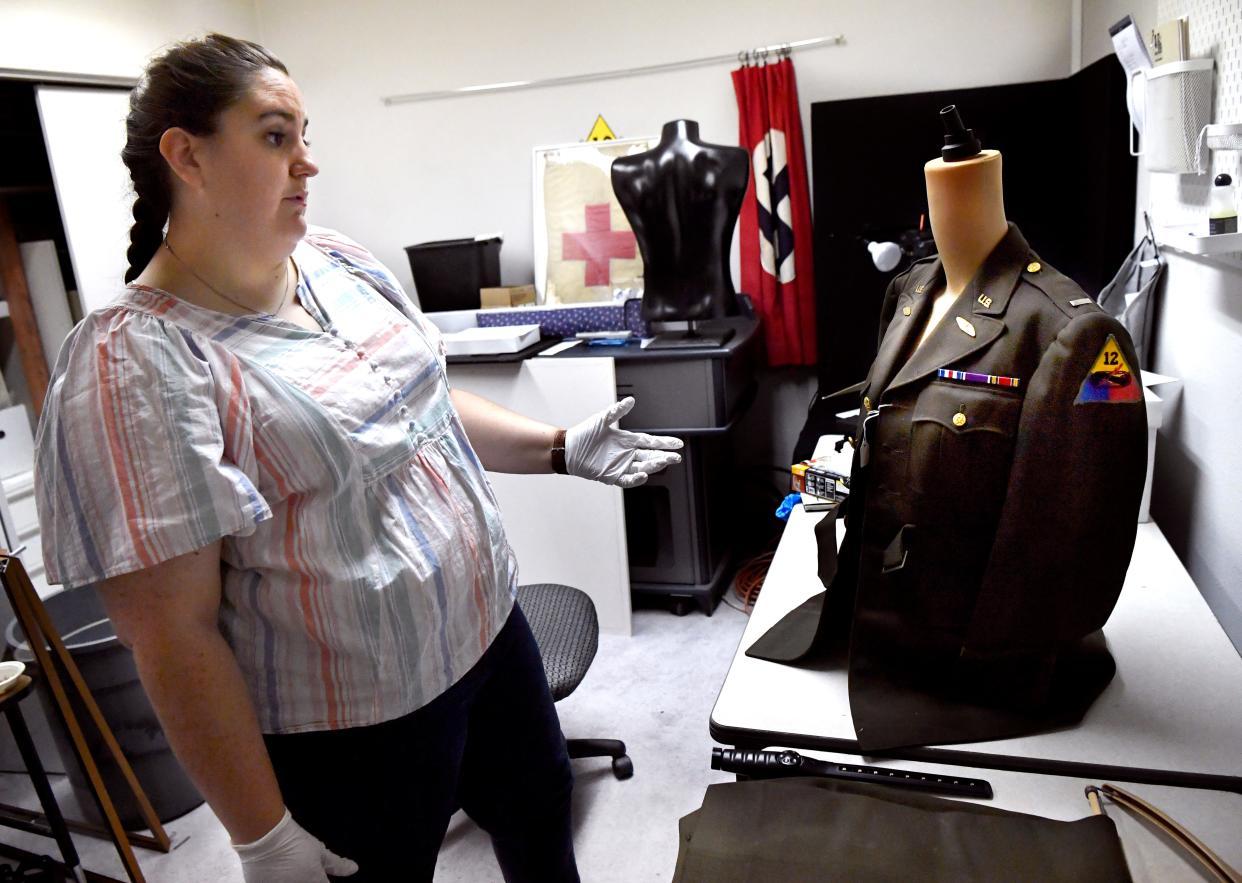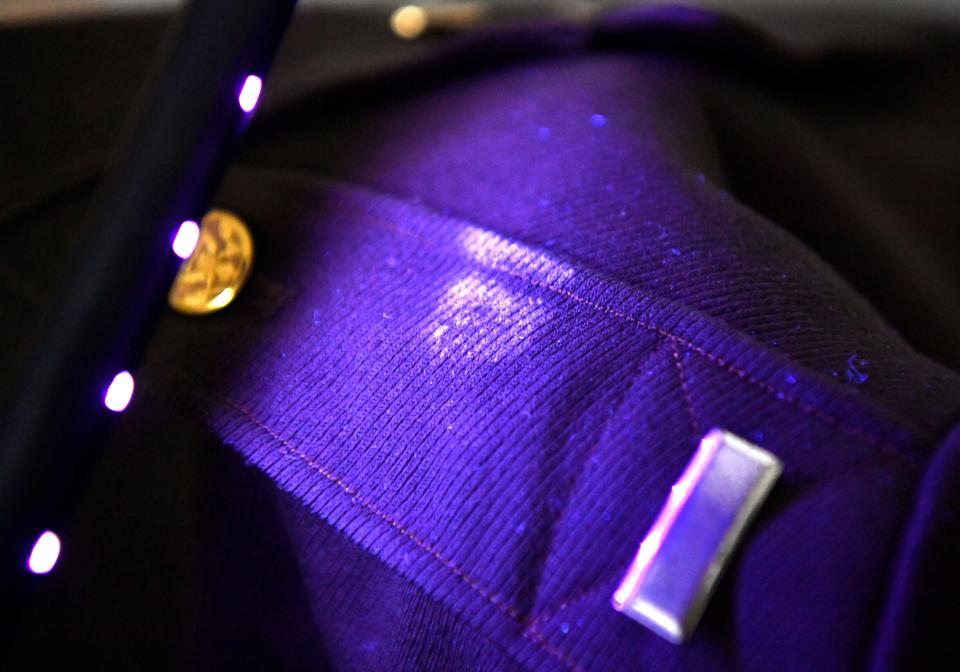'Mold loves wool'; 12th Armored museum in fungus fight as AC units fail in summer heat

The 12th Armored Division made its mark 80 years ago. But with recent record heat and high humidity, something else is trying to make its own mark on the legacy of the fighting Hellcats.
The museum dedicated to the division is locked in its own fight these days, battling a scourge that, while definitely not as evil as the Nazis, still is pernicious in its own right. June heat extending past 100 degrees and high humidity lingering from the wet spring have combined forces in an attack on the institutions most vulnerable targets.
“We've got some of our more delicate objects off-display because they are just sitting ducks waiting for heat and mold damage,” said Mikayla Spivey, the executive director of the 12th Armored Division Memorial Museum.
Normally, the answer to that problem would be air conditioning. But like many other people and businesses in the Big Country, their AC has taken a big hit thanks to consecutive days of 100-degree or higher temperatures.
The museum at 1289 North Second St. was the Lone Star Gas building before the 12th Armored opened in 2001. The mid-century building has seen its share of renovations and improvements in the years since. But when all three of the units’ air conditioners began failing as June heated up, that’s when Spivey marched into action.
It’s not the vintage rifles, radios or mess kits in danger here; it’s historical papers, flags and uniforms.
“Most of them are wool, and mold loves wool,” Spivey said of the garments. “We've got a couple of uniforms that have been damaged and we're working on remediating them.”
She entered a work room with a U.S. Army officer’s service uniform jacket draped on a mannequin. A few light-gray blotches about the size of a fingertip could barely be seen.

But when she turned out the lights and illuminated the coat with an ultraviolet wand, the visibility of the mold jumped out thanks to the purple light. It turns out that UV light is their best weapon in the fight for the uniform’s restoration.
“We'll put it under UV light for a longer period of time to make sure it's inactive,” she said. “Then we’ll come in with a sponge, dab it off and vacuum the spores.”
Currently, the museum is limping along on one AC unit. While only a few uniforms have so far been affected, the museum has more than 100 in its collection that are at risk. Those pieces vulnerable to mold have been moved to rooms where they can benefit the most, but time is not on their side.
“Because this is already growing, that means it could very easily spread,” Spivey said, gesturing to the uniform. “That's why in this room, there's no other collection piece because it spreads like wildfire.”
While the solution is simple, it’s also expensive.
“We are appealing to the community for donations to repair or replace our AC units, they are over 20 years old,” Spivey said. “The estimated cost for one was $27,000, so doing the math for three, it's about $81,000.”
It's time to reinstate the draft, but this time focusing on bank drafts.
This article originally appeared on Abilene Reporter-News: 12th Armored museum in fungus fight as AC units fail in summer heat

